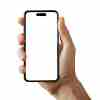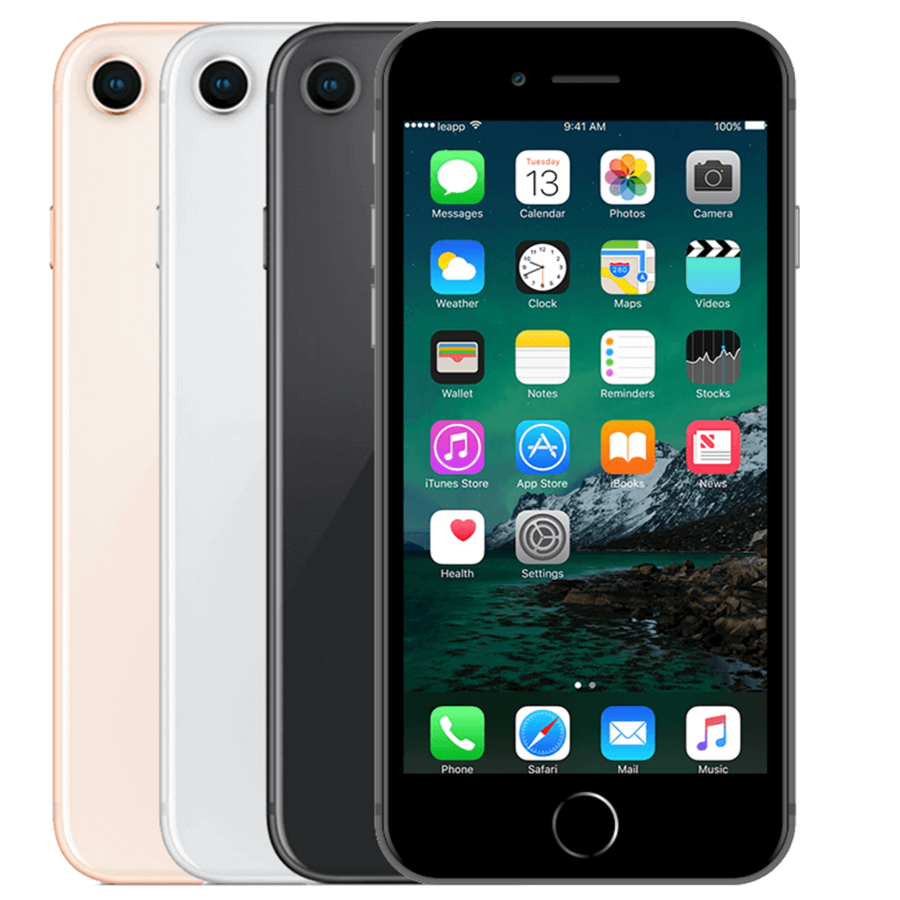Why You Need to Know Your iPhone's MAC Address
Your iPhone has a MAC address. Just like every other smartphone. Most people don't even know it exists, let alone where to find it. You might think: just another technical thing only IT people need to know. But here's the surprise.
That MAC address can make the difference between having Wi-Fi at work or not. Between access to the hotel network or not. Between a secure connection at home or a security breach. The crazy thing is: Apple doesn't even hide this address. It's right there in your settings, three taps away from your home screen.
Yet thousands of users get stuck because they don't know where to look. Or worse, they give the wrong address to their network administrator. Just like with a MacBook , finding it is actually child's play. If you know how.
Useful links
What exactly is a MAC address?
A MAC (Media Access Control) address is your iPhone's unique identifier for network connections. Think of it as your phone's digital ID. Every device that can connect to a network has such an address. It consists of twelve characters: numbers from 0 to 9 and letters from A to F. These are usually separated by colons, like this: 00:1B:44:11:3A:B7.
This address is burned into your device's hardware during manufacturing. It never changes unless you actively take steps to mask it. Network administrators use these codes to identify devices, grant access, or block them.
Why do you need the MAC address?
There are several situations where you need to know your phone's address. At the office, the IT department often uses MAC addresses for access control. Only registered devices are allowed access to the company network. Hotels and campgrounds sometimes use the same method for their guest Wi-Fi.
At home, you can use MAC address filtering to control which devices can connect to your router. This adds an extra layer of security beyond your password. Also handy: the address allows you to see how much data each device uses on your network.
How to find the MAC address on different iPhone models
The MAC address location is the same on all iPhones, whether you have an iPhone 12, 13, or 14. Apple calls it the "Wi-Fi address" in the settings. Follow these steps:
- Open the Settings app (the gray gear)
- Tap on General
- Select Info at the top of the menu
- Scroll down until you see 'Wifi address'
You'll now see a series of characters like 9C:4F:DA:45:67:89. This is your device's MAC address. Screenshot it or write it down if you need it later.
Alternative method via wifi settings
There is a second way to find out the address:
- Go to Settings
- Tap on Wifi
- Tap the 'i' next to the network you are connected to
- Scroll all the way down
- Your WiFi address is listed there
Private Wi-Fi Addresses: Apple's Privacy Feature
Since iOS 14, your iPhone uses private Wi-Fi addresses by default. This means your device generates a different, random MAC address for each Wi-Fi network. This feature protects your privacy by preventing networks from tracking you between locations.
However, this can cause problems if your network uses MAC address filtering. You can disable the feature on a per-network basis:
- Go to Settings > Wi-Fi
- Tap the 'i' next to the network
- Turn off 'Private Wi-Fi address'
- Restart the WiFi connection
Note: Once you disable this option, your phone will go back to using the real hardware MAC address for that specific network.
Common problems and solutions
Sometimes a network won't accept your MAC address, even if you've entered it correctly. This is often due to small errors in the formatting. Some systems require colons between character pairs, others dashes. Still others accept only uppercase or lowercase letters.
If you experience access problems:
- Check if you have disabled the private wifi address for that network
- Ask your network administrator for the correct format
- Try different notations (with dashes, colons, or no separators)
- Restart your iPhone after changing privacy settings
MAC address on other Apple devices
Your other Apple devices also have a MAC address. On an iPad , you'll find it in exactly the same place as on an iPhone. For a MacBook, go to System Preferences > Network > Advanced > Hardware. An Apple Watch displays the address under Settings > General > About.
Interesting fact: if you have multiple network adapters (Wi-Fi, Ethernet, Bluetooth), each one has its own MAC address. Your MacBook has at least two, possibly more if you use adapters.
Security and MAC addresses
A MAC address alone doesn't provide absolute security. Spoofing a MAC address is relatively easy. Therefore, always use it in conjunction with other security measures, such as strong passwords and WPA3 encryption on your router.
Share your MAC address only with trusted parties. Malicious actors can use it to identify your device or launch network attacks. Fortunately, Apple's private address feature protects you from most tracking attempts on public networks.
Tips for network administrators
Do you manage your own network? Then consider whether MAC address filtering is really necessary. With the private address feature of modern smartphones, it's becoming increasingly difficult to use this method effectively. Users have to constantly switch between settings, which is frustrating.
Modern alternatives like WPA3-Enterprise with certificates offer better security without the drawbacks of MAC filtering. For home networks, a strong password is usually sufficient, possibly supplemented with a guest network for visitors.
Finding the MAC address is easier than you think
So finding your iPhone's MAC address isn't rocket science. Just three taps in your settings and you've got it. Important to remember: since iOS 14, your phone uses private addresses by default for added privacy.
Do you need to provide your real MAC address for your office or home network? Then disable the private feature for that specific network. And if you're considering buying a refurbished iPhone , it works exactly the same way. The address is built into the hardware, regardless of whether the device is new or refurbished.






























